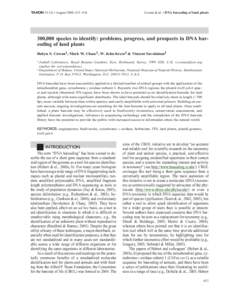 Date: 2013-12-06 12:19:45Biometrics Phylogenetics DNA barcoding Consortium for the Barcode of Life Astraptes fulgerator Mitochondrial DNA Molecular phylogenetics Microsatellite Internal transcribed spacer Biology Genetics DNA | |  55 (3) • August 2006: 611–616 Cowan & al. • DNA barcoding of land plants 300,000 species to identify: problems, progress, and prospects in DNA barcoding of land plants Robyn S. Cowan1, Mark W. Chase1, W. John Kres 55 (3) • August 2006: 611–616 Cowan & al. • DNA barcoding of land plants 300,000 species to identify: problems, progress, and prospects in DNA barcoding of land plants Robyn S. Cowan1, Mark W. Chase1, W. John Kres
Add to Reading ListSource URL: arbol.uniandes.edu.coDownload Document from Source Website File Size: 211,09 KBShare Document on Facebook
|

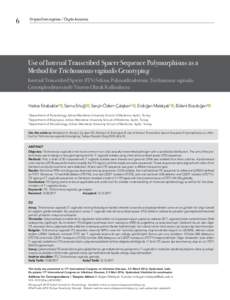
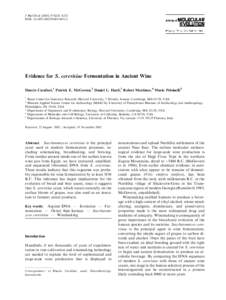
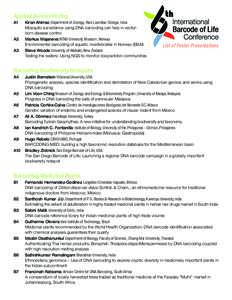
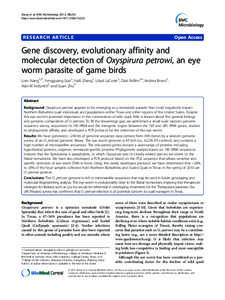
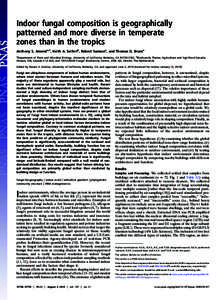
 55 (3) • August 2006: 611–616 Cowan & al. • DNA barcoding of land plants 300,000 species to identify: problems, progress, and prospects in DNA barcoding of land plants Robyn S. Cowan1, Mark W. Chase1, W. John Kres
55 (3) • August 2006: 611–616 Cowan & al. • DNA barcoding of land plants 300,000 species to identify: problems, progress, and prospects in DNA barcoding of land plants Robyn S. Cowan1, Mark W. Chase1, W. John Kres